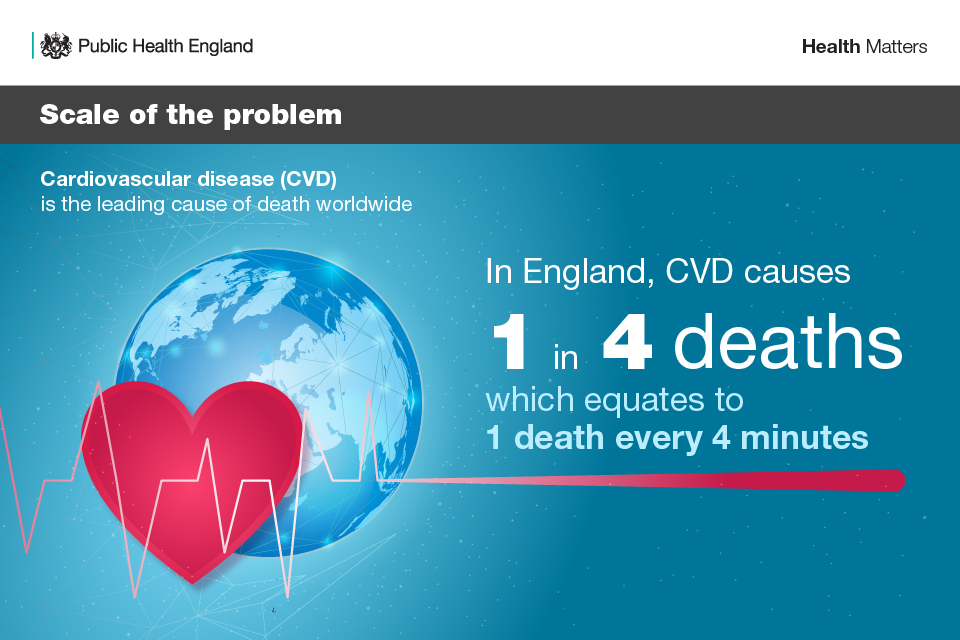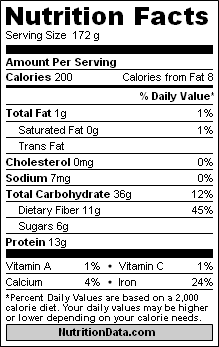
Diabetes control is the most important goal for diabetics. This can easily be achieved through diet and exercise. Insulin or oral medications are used to help control blood sugar levels. To regulate insulin levels, you need to eat three small meals each day. Avoid empty calories like fast foods and soda, as these can spike blood sugar. This article will explain what these simple changes can do for your health.
Diabetes diets are high in fat and can increase blood glucose levels. Obese people will have a higher blood glucose level. In addition, your risk for heart disease and cancer is higher when you are overweight. A diabetic lifestyle includes eating a healthy diet that is rich in fiber, low fat, sodium, cholesterol, and physical activity. Reduce your intake of sugar, alcohol, and processed food.

There are many options for getting enough protein into your diet. You can find high-quality protein in meat, poultry, and fish. Vegetarians can also eat soy-based tofu and tempeh, as well as beans, nuts, and legumes. For a healthy diet, it is important to eat a variety of colors. Even if your diet doesn't include meat or dairy products, it is still important to consume a variety of protein-rich foods.
Healthy lifestyles include a diabetic diet. A diabetic diet is important because people with diabetes are more susceptible to developing heart disease or stroke. Healthy eating habits can improve one's lifespan and reduce the likelihood of other serious health problems. It is possible to reduce your risk of developing high cholesterol or heart disease by controlling blood sugar. It will not adversely affect the person's efforts at controlling their disorder.
A diabetic diet will limit sitting time. This is important to control blood sugar levels. A person with high blood pressure may find it difficult to exercise. To manage this condition, they will need medication. A person suffering from diabetes should limit their exercise to 30 minutes per day. Also, diabetics need to limit their alcohol intake. People should also eat more fruits & vegetables.

The ADA recommends a diabetic lifestyle that is low on fat and high in sugar. This diet should have low amounts of saturated fats, and sugar. It's a good idea to only drink 100% natural fruit juice. Diabetic should not drink "cocktails", or any other sugary beverages. They should stick with water and eat with food. Similarly, sugar substitutes in soft drinks are not recommended for diabetics. In addition, a diabetic should limit the amount of saturated fats in their diet.
FAQ
What's the difference between a virus & a bacterium?
A virus can be described as a microscopic organism that cannot reproduce in another cell. A bacterium is a single-celled organism that reproduces by splitting itself in two. Viruses are very small (about 20 nanometers) while bacteria are larger (up to 1 micron).
Viruses spread easily through contact with infected bodily tissues, such as saliva and urine, semen, vaginal secretions or pus. Bacteria is usually spread directly from surfaces or objects contaminated with bacteria.
Viruses may enter the body through cuts, scrapes. bites, or any other break in the skin. They may also get into the body through the nose and mouth, eyes, ears or rectum.
Bacteria can enter the body through wounds. They can also enter our bodies from food, water, soil, dust, and animals.
Viruses and bacteria both cause illness. Viruses cannot multiply in their host cells. They only cause disease when they infect living tissue.
Bacteria can spread within the host and cause illness. They can invade other areas of the body. Antibiotics are needed to eliminate them.
What does it take to make an antibiotic work?
Antibiotics are drugs that destroy harmful bacteria. The treatment of bacterial infections is done with antibiotics. There are many kinds of antibiotics. Some are taken orally, some are injected, and others are applied topically.
People who have been exposed may be prescribed antibiotics. One example is if someone has had chickenpox and wants to prevent shingles. An injection of penicillin may be necessary to prevent pneumonia if someone has strep.
Children should not be given antibiotics without the consent of a doctor. Children are more likely to experience side effects than adults from antibiotics.
Diarrhea being the most common side effect of antibiotics. Other side effects that could occur include nausea, vomiting and dizziness. These side effects usually disappear once treatment has ended.
Exercise: Good for immunity or not?
Your immune system is strengthened by exercise. When you exercise, your body produces white blood cells which fight off infections. You also get rid of toxins from your body. Exercise is a great way to prevent heart disease, cancer, and other diseases. Exercise can help reduce stress.
However, exercising too much can weaken your immune system. When you exercise too hard, your muscles will become sore. This can cause inflammation as well as swelling. Your body then has to produce more antibodies to fight off infection. The problem is that these extra antibodies can cause allergies and autoimmune disorders.
So, don't overdo it!
Is being cold bad for your immune system?
According to some, there are two types: people who love winter or those who hate it. You might wonder why you feel so miserable in the cold, no matter how much you love or hate winter.
The fact is that our bodies are designed for warmth and function best. Because of this, our bodies evolved to thrive and survive in hot climates.
However, our environment is quite different than that of our ancestors. We spend a lot more time indoors, and are often exposed at extreme temperatures (cold and hot), and we eat processed foods over fresh.
Because of this, our bodies have become accustomed to extremes. It means that when we do go outdoors, we are often tired, sluggish or even sick.
However, there are some ways to reduce these effects. Keep your body hydrated. Water is essential for your body to function properly and eliminate toxins.
You must also ensure that you are eating healthy foods. The best way to maintain your body's optimal temperature is by eating nutritious food. This is especially beneficial for those who spend extended periods of time inside.
You can also meditate for a few minutes every day. Meditation can relax your mind and make it easier manage stress and illness.
What should my weight be for my age and height? BMI calculator and chart
A body mass index calculator (BMI) is the best way to find out how much weight you should lose. The range of a healthy BMI is between 18.5- 24.9. You should lose about 10 pounds each month if you are trying to lose weight. Enter your height in the BMI calculator.
Check out this BMI chart to determine if you are overweight or obese.
Statistics
- WHO recommends consuming less than 5% of total energy intake for additional health benefits. (who.int)
- According to the Physical Activity Guidelines for Americans, we should strive for at least 150 minutes of moderate intensity activity each week (54Trusted Source Smoking, harmful use of drugs, and alcohol abuse can all seriously negatively affect your health. (healthline.com)
- The Dietary Guidelines for Americans recommend keeping added sugar intake below 10% of your daily calorie intake, while the World Health Organization recommends slashing added sugars to 5% or less of your daily calories for optimal health (59Trusted (healthline.com)
- Extra virgin olive oil may benefit heart health, as people who consume it have a lower risk for dying from heart attacks and strokes according to some evidence (57Trusted Source (healthline.com)
External Links
How To
What does "vitamin" actually mean?
Vitamins are organic compounds found naturally in food. Vitamins are necessary for us to absorb nutrients in the foods we consume. The body cannot make vitamins; therefore, they must be obtained from food.
There are two types if vitamins: water soluble, and fat soluble. Water-soluble vitamins dissolve easily when they are dissolved in water. Some examples include vitamin C,B1 and B2 vitamins (thiamine), B2 and riboflavin, B3 and B6 vitamins (niacin), folic acids, biotin, pantothenic acids, and cholesterol. Fat-soluble vitamins can be stored in the liver or in fatty tissue. You can find vitamin D, E K, A, beta carotene, and other fat-soluble vitamins.
Vitamins are classified according to their biological activity. There are eight main groups of vitamins.
-
A - Vital for normal growth and maintaining good health.
-
C is important for nerve function and energy production.
-
D – Essential for healthy teeth, bones and joints
-
E is necessary for good vision, reproduction.
-
K - essential for healthy muscles, nerves, and bones.
-
P – vital for building strong bones.
-
Q - aids digestion and absorption of iron.
-
R - necessary for making red blood cells.
The recommended daily allowance for vitamins (RDA) varies based on gender, age, and physical conditions. RDA values are set by the U.S. Food and Drug Administration (FDA).
For example, the RDA for vitamin A is 400 micrograms per dayfor adults 19 years or older. For fetal development, pregnant women need 600 mg per day. Children ages 1-8 require 900 micrograms per day. Children under 1 year old require 700 micrograms daily, while infants over one year old need 500 micrograms every day. This decreases between 9 and 12 months.
Children aged between 1-18 years require 800 micrograms of sugar per day, while overweight children need 1000 micrograms. Children who are underweight receive 1200 micrograms every day to meet their nutritional requirements.
Children aged 4-8 years old who have been diagnosed as having anemia require 2200 micrograms of vitamin C per day.
2000 micrograms are required daily for good health in adults over 50. Because of their higher nutrient needs, women who are pregnant or nursing need 3000 mg per day.
1500 micrograms are required daily by adults over 70 because they lose approximately 10% of their muscle each decade.
Women who have been pregnant or are lactating require more than the RDA. Pregnant mothers need 4000 micrograms per daily during pregnancy and 2500 after giving birth. Breastfeeding mothers need 5000 micrograms per day when breast milk is being produced.